How To Grow A Bountiful Urban Garden In A Raised Bed
Introduction
If you live in an urban area, you may think that growing your own food is impossible. But with a little planning and effort, you can easily create a bountiful urban garden in a raised bed.
Raised beds offer a number of advantages over traditional gardening methods. They are easier to weed and maintain, they provide better drainage, and they can be built to fit any size space.
In this blog post, I will show you how to build a raised bed, choose the right plants, and care for your garden so that you can enjoy fresh, homegrown produce all season long.
Choosing the right location
The first step is to choose the right location for your raised bed. It should get at least 6 hours of sunlight per day. It should also be in a spot that is not too windy or shady.
If you have a small space, you can build a vertical raised bed. This is a great way to maximize your growing space.
Building a raised bed
There are many different ways to build a raised bed. You can use wood, bricks, or concrete blocks. The size and shape of your bed will depend on the amount of space you have and the types of plants you want to grow.
Here are some tips for building a raised bed:
- Make sure the bed is at least 12 inches high. This will help to improve drainage and reduce the amount of weeding you need to do.
- Use a sturdy material that will last for several years.
- Make the bed the right size for your space.
Filling the bed
Once you have built your raised bed, you need to fill it with the right type of soil. You can use a mix of potting soil and compost. This will provide your plants with the nutrients they need to thrive.
Planting your garden
Now it's time to start planting! Choose plants that are suited to your climate and the amount of sunlight you get.
Here are some tips for planting your garden:
- Plant your seeds or seedlings at the correct depth.
- Water your plants regularly.
- Fertilize your plants every few weeks.
- Protect your plants from pests and diseases.
Caring for your garden
Once your garden is established, it's important to care for it properly. This includes watering, fertilizing, and weeding.
- Water your plants deeply and infrequently.
- Fertilize your plants every few weeks.
- Weed your garden regularly.
Harvesting your bounty
Once your plants start to produce, you can start harvesting your bounty. Enjoy fresh, homegrown produce all season long!
Conclusion
Growing a bountiful urban garden in a raised bed is a great way to get fresh, homegrown produce. It's also a fun and rewarding hobby that can help you connect with nature.
So what are you waiting for? Start planning your garden today!
Are you interested in starting an urban raised garden bed? If so, I recommend visiting Home Gardening for more information. This website has a wealth of resources on how to build, plant, and maintain a successful urban raised garden bed.
Here are some of the benefits of having an urban raised garden bed:
- Increased productivity: Raised beds are often more productive than beds in the ground because the soil is less compacted, has better drainage, and warms earlier in the spring.
- Easier to care for: Raised beds are easier to weed and water than traditional gardens, making them a great option for busy people.
- Better for the environment: Raised beds can help to improve the health of your soil and reduce your carbon footprint.
If you're ready to start growing your own food, I encourage you to visit Home Gardening today. You won't be disappointed!
FAQ of urban raised garden bed
What are the benefits of using an urban raised garden bed?
There are many benefits to using an urban raised garden bed, including:
- Improved drainage and aeration of the soil, which can help plants grow healthier and stronger.
- Reduced risk of pests and diseases, as the raised bed is elevated off the ground.
- Easier access for people of all ages and abilities, as the beds are typically shorter than traditional gardens.
- Increased growing space in small urban spaces.
- Reduced weeding, as the raised bed creates a barrier between the plants and the surrounding soil.
When is the best time to set up a raised garden bed?
The best time to set up a raised garden bed is in the fall or early spring, before the growing season begins. This gives the soil time to settle and the plants time to get established before the heat of summer.
What type of soil should I use for a raised garden bed?
The best soil for a raised garden bed is a loose, well-draining mix that is high in organic matter. You can buy pre-made potting soil or mix your own. If you are mixing your own soil, a good recipe is to combine 2 parts compost, 1 part topsoil, and 1 part sand.
What plants should I grow in a raised garden bed?
Any type of plant can be grown in a raised garden bed, but some plants are better suited than others. Here are a few suggestions:
- Vegetables: tomatoes, peppers, cucumbers, squash, beans, carrots, lettuce, spinach
- Herbs: basil, oregano, thyme, rosemary, mint
- Flowers: marigolds, petunias, sunflowers, zinnias
How much water do raised garden beds need?
Raised garden beds need to be watered regularly, especially during hot, dry weather. A good rule of thumb is to water the beds deeply once a week.
How do I prevent pests and diseases in my raised garden bed?
There are a few things you can do to prevent pests and diseases in your raised garden bed:
- Plant disease-resistant varieties of plants.
- Rotate your crops each year.
- Water your plants at the base, not overhead.
- Remove any diseased or damaged plants promptly.
- Encourage beneficial insects, such as ladybugs and praying mantises.
Image of urban raised garden bed
- A wooden raised garden bed in a backyard.
- A concrete raised garden bed on a rooftop.
- A metal raised garden bed in a community garden.
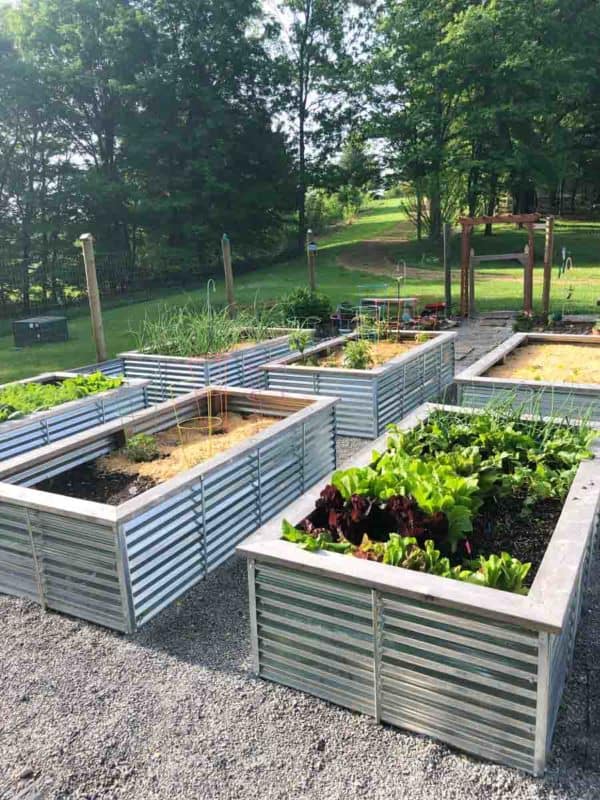
- A plastic raised garden bed on a balcony.
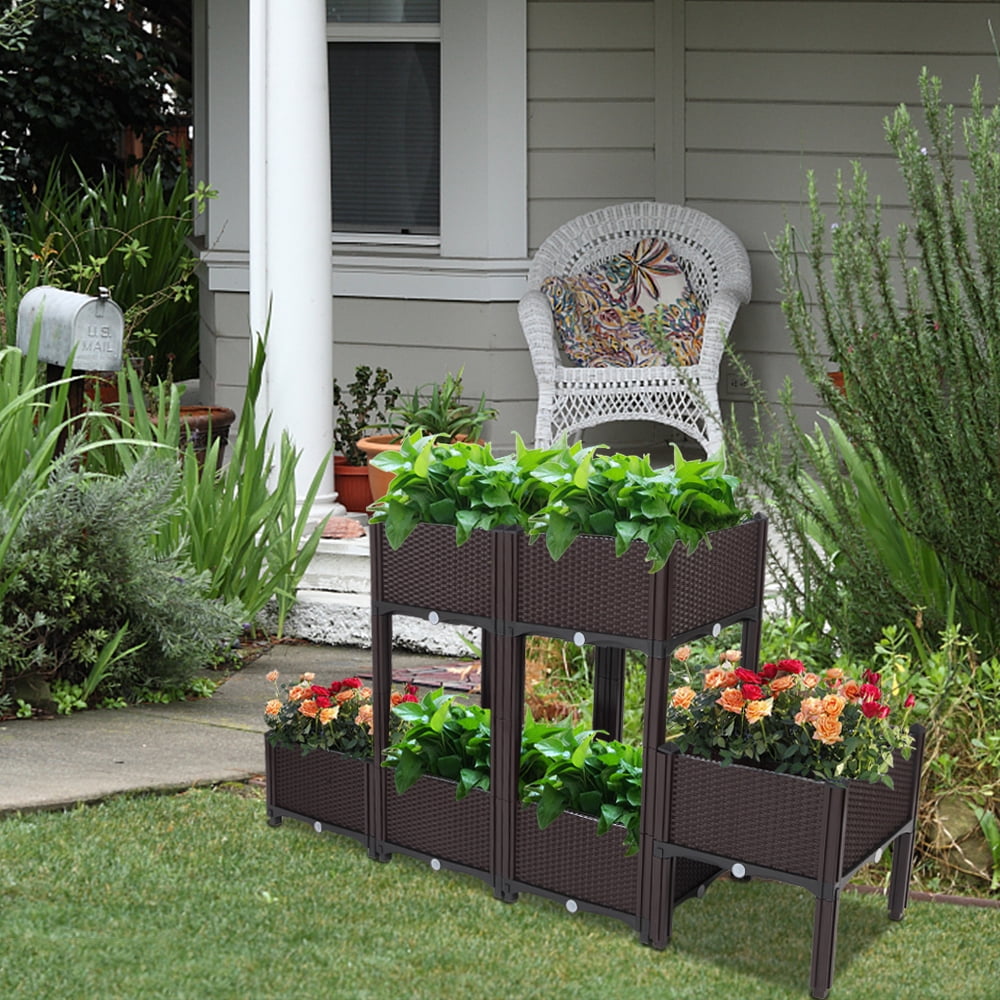
- A raised garden bed made from old tires.

- A raised garden bed made from bricks.

- A raised garden bed made from cinder blocks.
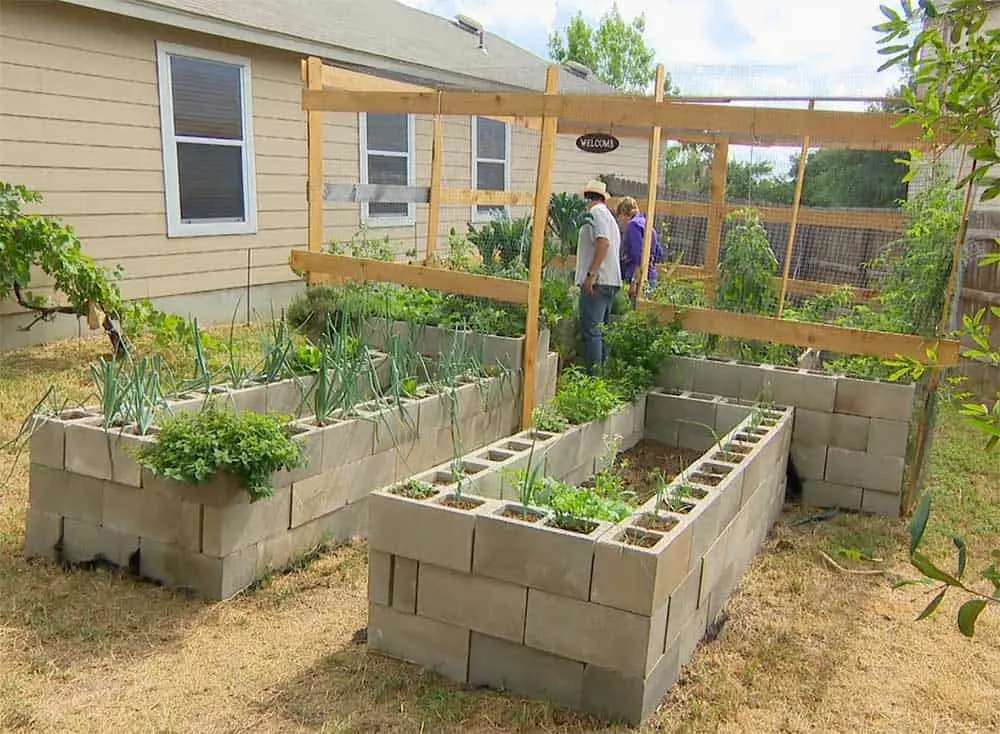
- A raised garden bed made from wood pallets.
- A raised garden bed made from a shipping container.

- A raised garden bed made from a greenhouse.
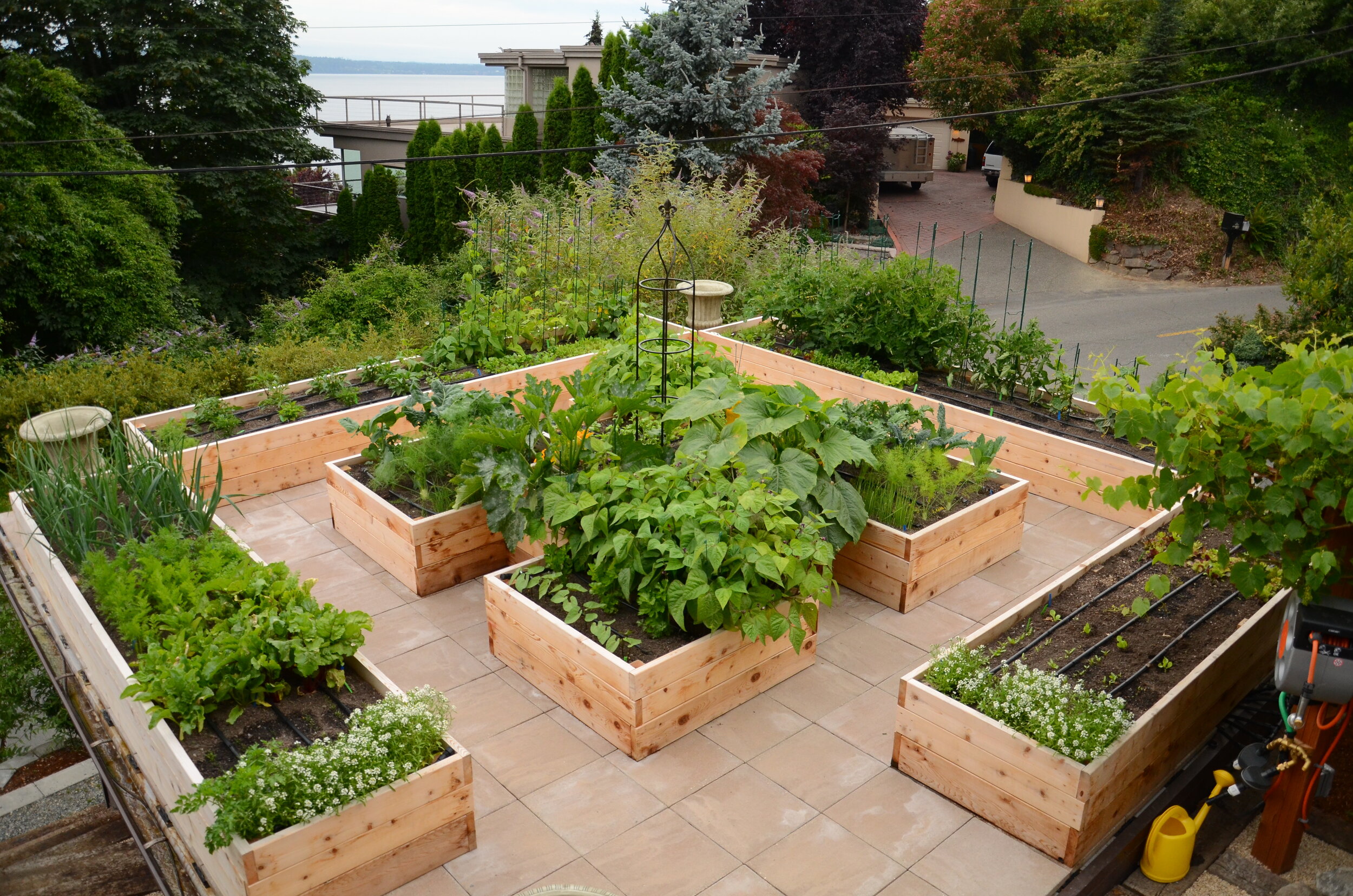
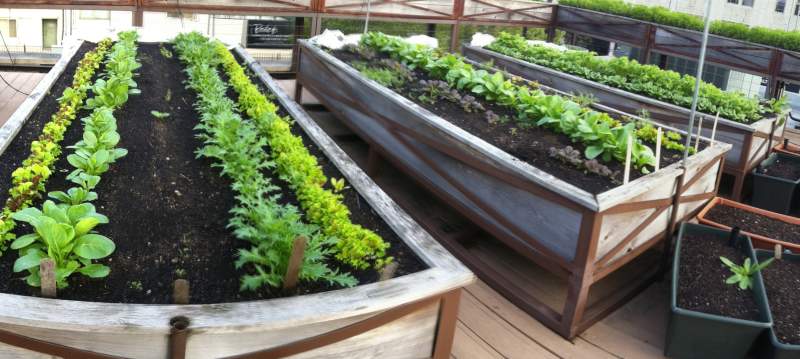
Post a Comment for "How To Grow A Bountiful Urban Garden In A Raised Bed"